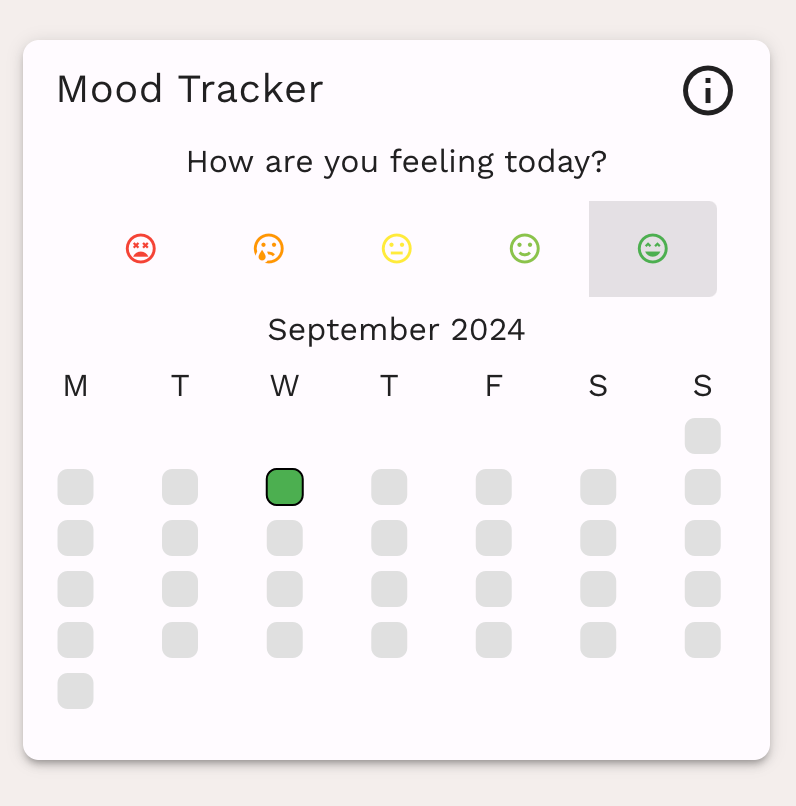Diversity, Equity, and Inclusion in Remote Work: Strategies for Building Inclusive Virtual Workplaces

Imagine a workplace where your physical location has no bearing on your opportunities. Welcome to the age of remote work, where boundaries are dissolved, but challenges still exist.
The shift to remote work has brought about significant changes in how organizations manage and promote Diversity, Equity, and Inclusion (DEI). With employees scattered across various geographies, companies face both unique obstacles and unprecedented opportunities to foster an inclusive environment.
This outline explores the facets of Diversity, Equity, and Inclusion within remote work environments, emphasizing its importance, existing challenges, and effective strategies. By understanding and addressing these aspects, organizations can create a more equitable and productive workforce, regardless of where their employees are located.
Setting the Stage: The Evolution of Remote Work and DEI
The landscape of work has been dramatically transformed by the rise of remote work, a trend fueled by rapid technological advancements and further accelerated by the COVID-19 pandemic.
Companies worldwide have increasingly adopted remote work models, leading to a seismic shift in workplace dynamics. According to recent statistics, the proportion of remote workers has skyrocketed, with a significant percentage of the global workforce now operating outside traditional office settings. This surge has necessitated a reevaluation of DEI measures to ensure that inclusivity and equity remain at the forefront of organizational priorities.
Interestingly, previous research highlights critical differences in DEI implementation between traditional and remote work environments. Studies have shown that remote work can both bridge and widen gaps in diversity, equity, and inclusion, depending on how it is managed. While remote setups offer unique opportunities to foster inclusivity, they also introduce new challenges that require innovative solutions and a commitment to continuous improvement.
Diversity in Remote Work

Remote work has the potential to significantly enhance workplace diversity by allowing companies to hire talent from across the globe, effectively removing geographic and socio-economic barriers.
By tapping into a global talent pool, organizations can access diverse perspectives and skill sets that may not be available within their immediate geographic location. This global reach democratizes opportunities and can lead to more innovative and creative solutions driven by varied cultural and experiential backgrounds.
However, this transition is not without its challenges. Technological inequality remains a significant barrier, as access to reliable internet and modern devices is not uniform across regions, thereby limiting opportunities for some potential candidates. Additionally, unconscious biases in remote hiring processes can perpetuate existing disparities if not actively addressed, requiring companies to implement rigorous DEI practices in their recruitment strategies.
Equity in Remote Teams

Creating an equitable environment in remote teams is critical to fostering inclusivity and ensuring every member can contribute effectively.
First, it's essential to guarantee that all team members have equal access to resources, such as technology and workspace accommodations. Companies should provide necessary tools and support to bridge gaps in technological access, ensuring a level playing field for everyone.
Next, implementing fair evaluation methods is key. Organizations must develop unbiased metrics to assess remote employees, recognizing that virtual presence may inadvertently favor some individuals over others. By refining evaluation strategies, companies can ensure a more just appraisal of performance.
Lastly, establishing equitable opportunities for career advancement is crucial. Businesses should craft pathways that allow remote workers to achieve professional growth, ensuring that geographical distance does not impede their progression. Through deliberate and inclusive policies, organizations can create a remote work environment that supports and uplifts every team member.
Inclusion Strategies for Virtual Workplaces
Effective inclusion strategies in virtual workplaces are essential to fostering a cohesive and collaborative environment where every team member feels valued.
Communication Practices
Establishing inclusive communication norms is a fundamental step. Regular check-ins ensure that all team members stay connected and engaged, while the consistent use of inclusive language fosters a sense of belonging. Leaders should facilitate meetings in ways that guarantee everyone has an opportunity to express their ideas, ensuring diverse perspectives are heard.

Leveraging collaborative software like Asa, which features built-in mood tracking tools, enables leaders to gauge team sentiment anonymously. This approach provides valuable insights into collective team emotions without singling out individuals, fostering a more open and supportive remote work environment.
Virtual Team Building
To strengthen team spirit, organizations can employ various virtual team-building activities. These activities, which can range from online games to virtual coffee chats, help recreate the camaraderie of a physical office space. Such initiatives not only boost morale but also promote a deeper interpersonal connection among team members.
Cultural Sensitivity
Promoting cultural sensitivity is also critical in a remote setting. This involves recognizing and respecting the diverse backgrounds and cultural differences of team members. By being mindful of varying time zones and scheduling flexibility, teams can ensure that global colleagues are not disadvantaged, fostering an inclusive and empathetic work culture.
By focusing on these elements, companies can ensure that their virtual workplaces remain inclusive, supportive, and effective for all team members.
Promoting Diversity in Remote Environments

Creating a diverse remote workforce begins with conscientious and strategic recruitment efforts. Organizations should craft inclusive job postings that appeal to a wide range of candidates, ensuring language and requirements do not unintentionally exclude marginalized groups. Additionally, partnering with diverse networks and professional organizations can help reach a broader talent pool, showcasing the company's commitment to diversity from the outset.
Beyond recruitment, ongoing education and training are vital to maintaining an inclusive remote workplace. Implementing these training programs tailored specifically for remote environments can sensitize the workforce to the unique challenges and opportunities of virtual collaboration. These programs should aim to educate employees on cultural competence, unconscious bias, and inclusive practices, ultimately fostering a more respectful and understanding team dynamic.
By employing these strategies, companies can better attract and retain a diverse workforce, ensuring that their remote environments are not only inclusive but also rich with varied perspectives and ideas. This multi-faceted approach to promoting diversity will help create a more innovative and resilient organization, prepared to thrive in the fast-evolving landscape of remote work.
Inclusive Practices in Remote Work
Implementing inclusive practices within remote work frameworks requires robust and thoughtful policies that cater to all employees. Companies should develop and enforce policies that emphasize flexibility in remote work, accommodating diverse working styles and personal circumstances. Equally important is the provision of mental health support, ensuring employees have access to the resources and assistance they need to thrive in a virtual work environment.
Leadership commitment is paramount in fostering an inclusive remote culture. Leaders must lead by example, demonstrating inclusive behavior in their interactions and decision-making processes. By actively engaging with all employees and valuing their contributions, leaders can cultivate a sense of belonging and mutual respect within the team.
Conclusion
Addressing DEI in remote work is fundamental to creating a thriving virtual workplace. We have explored diverse facets, including the significance of diversity in hiring practices, ensuring equitable treatment of all employees, and implementing effective inclusion practices. By holistically promoting DEI, organizations can create a conducive environment for every team member.
Reiterating the thesis, it is clear that DEI in remote workplaces is not just beneficial but essential for forward-thinking organizations. Embracing these principles prepares businesses to navigate future challenges while leveraging the diverse talents of their global workforce.
As the remote work landscape continues to evolve, fostering a truly diverse, equitable, and inclusive work environment remains a critical business imperative. By doing so, companies not only uphold ethical standards but also unlock the full potential of their employees, driving innovation and sustained success.

